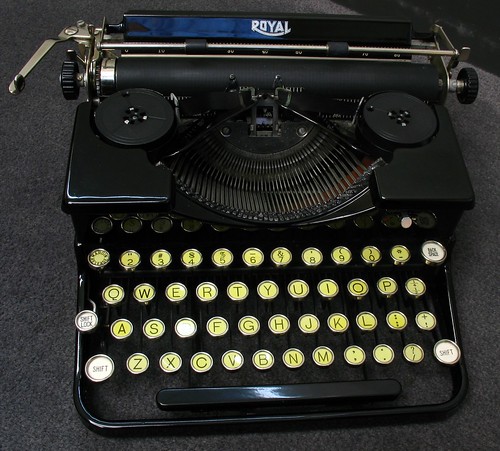Tubular plastic hangers are only slightly better in that they don't crumple under the weight of normal adult clothing, but they are used mainly for hanging up damp swimsuits in the shower in the summer. Slowly, over the years, I've been replacing both of these organizational abominations with wooden hangers. They're more solid, they are shaped like clothes are actually shaped, and keep my shirts neat. So of course I was delighted when my local thrift store put out a big bin of FREE HANGER'S (sic) TAKE ALL YOU WANT
Oh yes. Yes I will.
So I loaded up. A bunch from Ikea, to join the bunches from Ikea already holding up our coats at home. A few more that were in good shape and looked pretty sturdy. And then, down at the bottom of the bin, I found these two fellows.

This one caught my eye first, because it has printing stamped into both the front and back. This is the front, pictured above, and here's a detail from the back:

The full statement on the back is "Four Modern Hotels of Courtesy, Comfort & Service." And when this hanger was in regular use, I'm sure that was the case. Check out the modernity!

Image from Postcard Ranch
I have no idea how this (pilfered?) hanger from a Midwestern, mid-century hotel quartet wound up in Northern California, though I know an estate sale just unloaded a number of items in this shop, so it's likely that the former owner has passed on, leaving this memento of a comfortable stay in one of these fine AAA hotels. What caught my eye the most, though, was that I was born in the selfsame city as one of these four (information thieves, take note.) It appears to still live on today as apartments.
The other hanger was underneath the first: a much thinner, cheaper, giveaway-quality example.

What made this interesting to me is that I know it's from San Francisco (Vicente St.) and it's relatively old, given the phone number "MO 5662" -- predating the three-digit dialing prefix. Sure enough, Google found a scan of a 1938 phone book with this business and their number, practically dwarfed on a page full of cleaners and a competitor's massive advertisement.

Source PDF document found here
It's not easy to tell what's there now: redevelopment happened, and Google Maps' best guess is that the cleaners address is now home to either a Starbucks or a Chase Bank.
View Larger Map
I have no way to know if these two items came from the same closet, if their former owner had, at one point in his life, made that same strange journey that I have, blowing West like a seed on a contrary jet stream. I know there's no significance to me finding them together, but it made me think of this story, made me do a little searching about two places that I have temporarily called home, and most importantly, saved me from the social shame of shoulder nipples.










